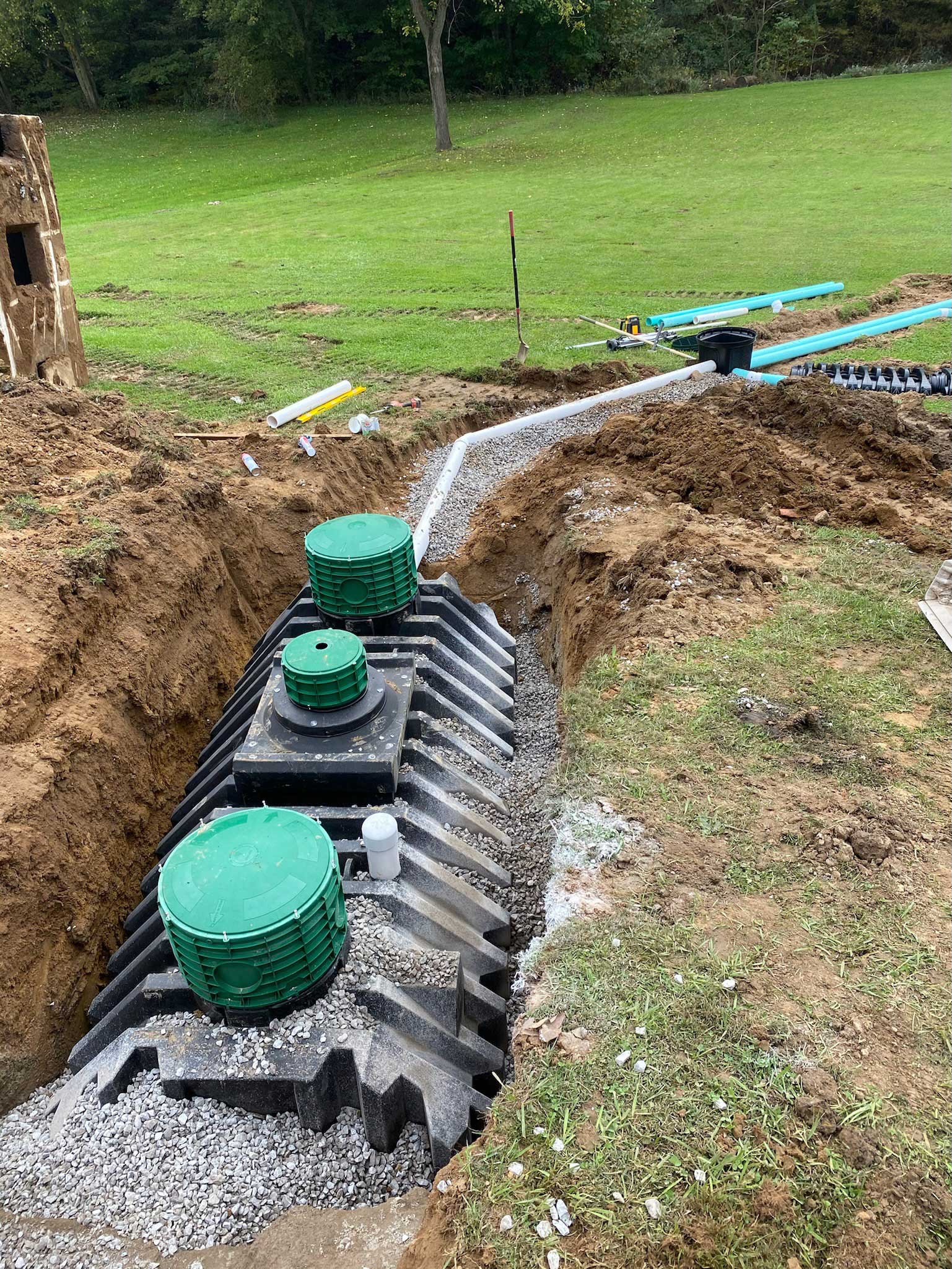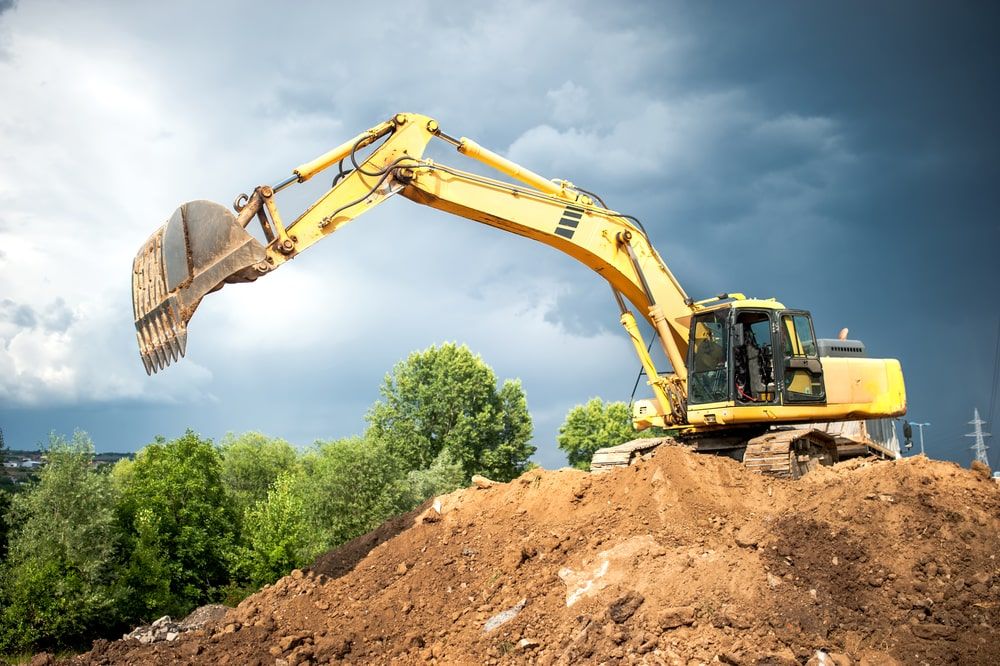Introducing the Art of Excavation: Pro Tips for Safe and Effective Excavating
In the world of excavation, the mastery of risk-free and efficient excavating is an art type that needs adherence, accuracy, and understanding to recognized practices. As dirt is transformed and earth is relocated, the intricacies of excavation disclose themselves, requiring a keen understanding of tools, dirt structure, safety methods, and ecological factors to consider. The proficiency required to browse these aspects efficiently can mean the distinction in between an effective excavation job and a prospective disaster. By unraveling the layers of this intricate procedure, a world of understandings and approaches awaits those looking for to raise their excavation skills to brand-new elevations.
Significance of Correct Equipment
To ensure the safety and security and performance of any excavation task, using the ideal devices is paramount. Excavation tasks differ in extent and intricacy, ranging from little domestic landscape design jobs to large-scale construction tasks.
Excavators are basic pieces of equipment in any kind of excavating operation. These versatile devices been available in different sizes to suit various task needs. Miniature excavators are ideal for smaller tasks, while larger excavators deal with much more extensive jobs effectively. Backhoes are an additional vital tools type, integrating the features of a loader and an excavator in one machine. They are beneficial for tasks calling for convenience and ability to move.
In addition to excavators, various other vital devices consists of dump vehicles, excavators, and trenchers. Unload trucks are essential for getting rid of and carrying excavated materials, while plates are made use of for digging slim and deep trenches. Excavators master jobs that require pushing large amounts of soil or particles. By buying the ideal equipment, excavation tasks can be completed securely, on schedule, and with accuracy.
Understanding Soil Structure
A comprehensive understanding of soil composition is fundamental for performing excavation jobs with precision and security. Recognizing the various kinds of dirt is critical as it straight impacts excavation approaches, tools option, and total task performance.
Sand fragments are the biggest and give excellent drain however use little cohesion. Silt particles are smaller than sand but larger than clay, providing moderate drainage and communication. Clay bits are the smallest and offer high cohesion yet inadequate drain. Raw material, such as decaying plant product, influences soil fertility and stability.
Prior to starting excavation, performing dirt examinations to establish its structure and qualities is necessary. This details aids in picking the appropriate equipment, implementing security measures, and establishing excavation techniques tailored to the specific dirt conditions - excavating ohio. By understanding dirt composition, excavation specialists can enhance task outcomes while making certain security and adherence to ideal methods
Safety Procedures and Protocols
Comprehending dirt structure is the keystone upon which precaution and protocols for excavation tasks are built, guaranteeing the well-being of workers and the success of the endeavor. There are numerous key steps that have to be implemented to alleviate threats and prevent accidents. when it comes to security throughout excavation.
Primarily, before any type of excavating starts, an extensive examination of the site ought to be performed to identify any type of possible risks such as underground energies, unpredictable dirt problems, or nearby frameworks that can pose a risk. It is essential to have an experienced person supervise the excavation procedure to ensure that all security methods are complied with purely.
In addition, all workers associated with the excavation needs to be correctly educated in risk-free excavating methods and the proper procedure of devices. Personal protective tools (PPE) such as construction hats, high presence clothing, handwear covers, and safety boots ought to be used whatsoever times to decrease the risk of injuries. lancaster excavation. Regular safety meetings and toolbox talks must likewise be carried out to maintain all employees educated concerning possible threats and enhance secure job techniques. By sticking to these safety measures and protocols, excavation projects can be completed effectively and without case.
Effective Excavation Preparation
When embarking on an excavation job, thorough preparation is essential to guarantee effectiveness, safety and security, and successful results. Efficient excavation planning involves numerous crucial actions that are crucial for the go to this site smooth implementation of the job.
Once the site assessment is full, the next step is to develop a clear timeline and timetable for the excavation tasks. This includes determining the series of tasks, devices needs, and manpower allowance. Correct scheduling assists stay clear of hold-ups and guarantees that the job stays on track.

In addition, interaction amongst all staff member is extremely important during the planning phase. Clear directives, regular updates, and efficient sychronisation are crucial for a successful excavation project. By investing effort and time in thorough preparation, excavation groups can dramatically enhance productivity, lessen threats, and attain successful end results.

Managing Environmental Factors To Consider
With boosting emphasis on ecological sustainability in websites building practices, taking care of ecological considerations has actually come to be a crucial element of excavation projects. Excavation tasks have the possible to affect the surrounding atmosphere through dirt disintegration, sediment drainage, habitat disruption, and contamination of water resources. To alleviate these dangers, it is necessary to execute ideal methods that prioritize environmental management.

Additionally, correct waste monitoring is important to stop dirt and water contamination. Executing procedures for the disposal of unsafe materials, recycling of waste materials, and minimizing making use of hazardous chemicals can substantially decrease the environmental impact of excavation projects. By integrating these practices right into excavation preparation and implementation, building and construction firms can make certain that their tasks are not only risk-free and efficient but additionally eco liable.
Verdict
In verdict, understanding the art of excavation needs a detailed understanding of proper tools, dirt composition, safety procedures, and efficient planning. By adhering to these standards and thinking about environmental variables, excavations can be carried out safely and successfully. It is critical to prioritize safety and performance in every digging task to make sure successful end results.
As soil is transformed and planet is moved, the intricacies of excavation expose themselves, demanding an eager understanding of equipment, dirt structure, security protocols, and ecological considerations.To ensure the safety internet and security and effectiveness of any type of excavation job, utilizing the ideal devices is paramount.A comprehensive understanding of dirt structure is basic for implementing excavation tasks with accuracy and safety and security. Comprehending the different types of soil is critical as it straight impacts excavation approaches, tools choice, and overall task efficiency. By comprehending dirt make-up, excavation specialists can improve task results while making sure safety and adherence to ideal methods.